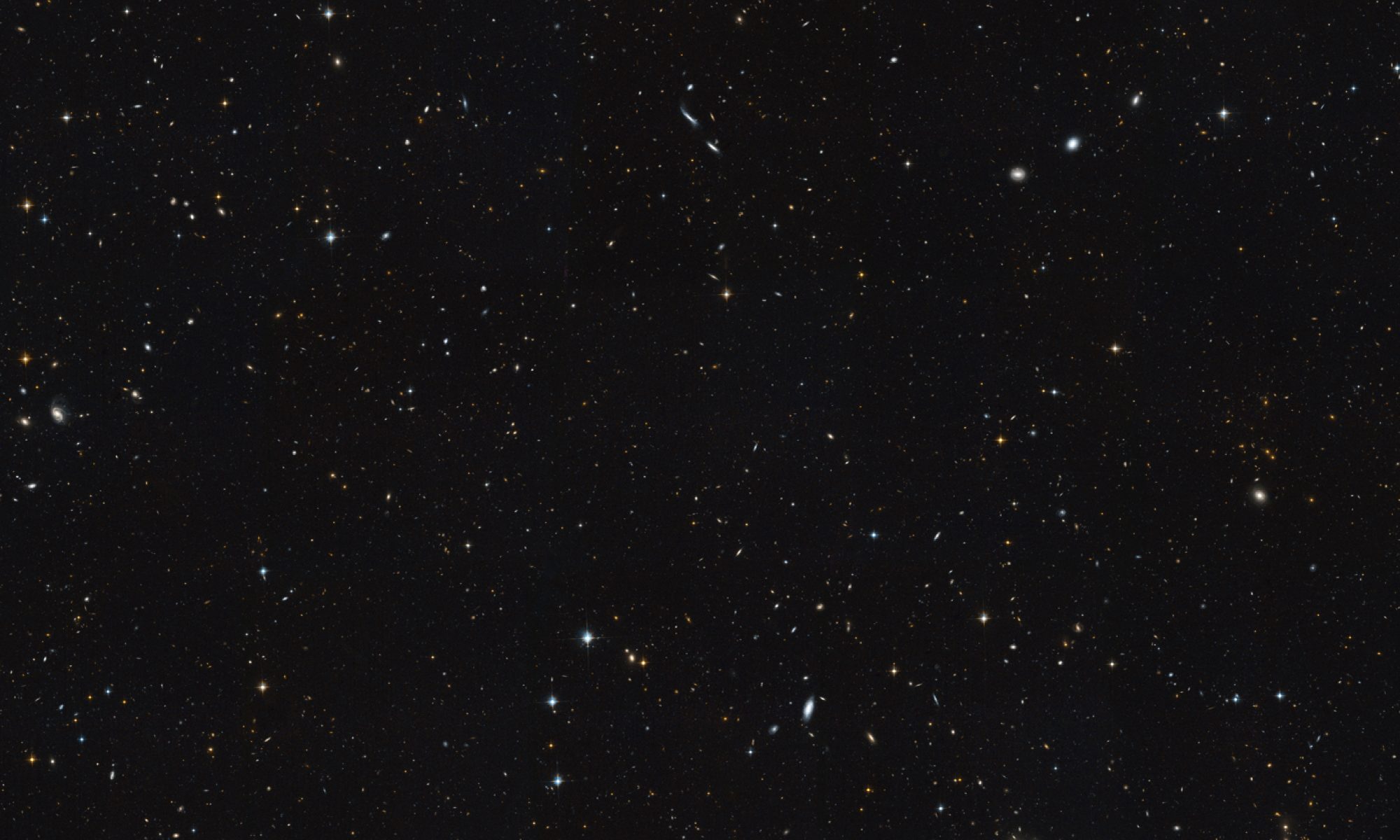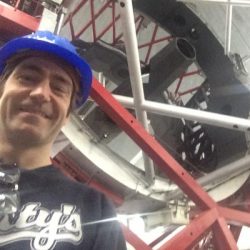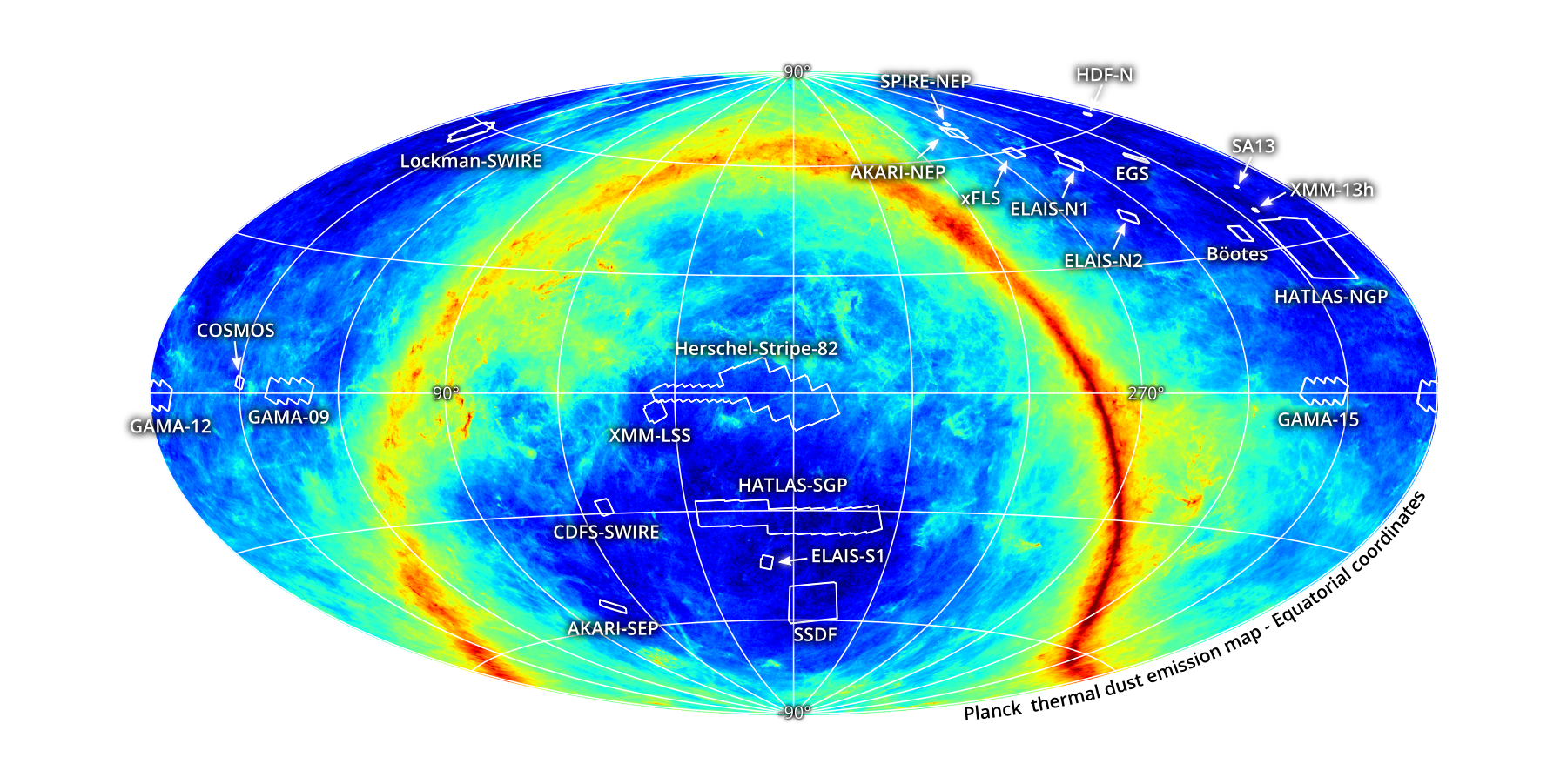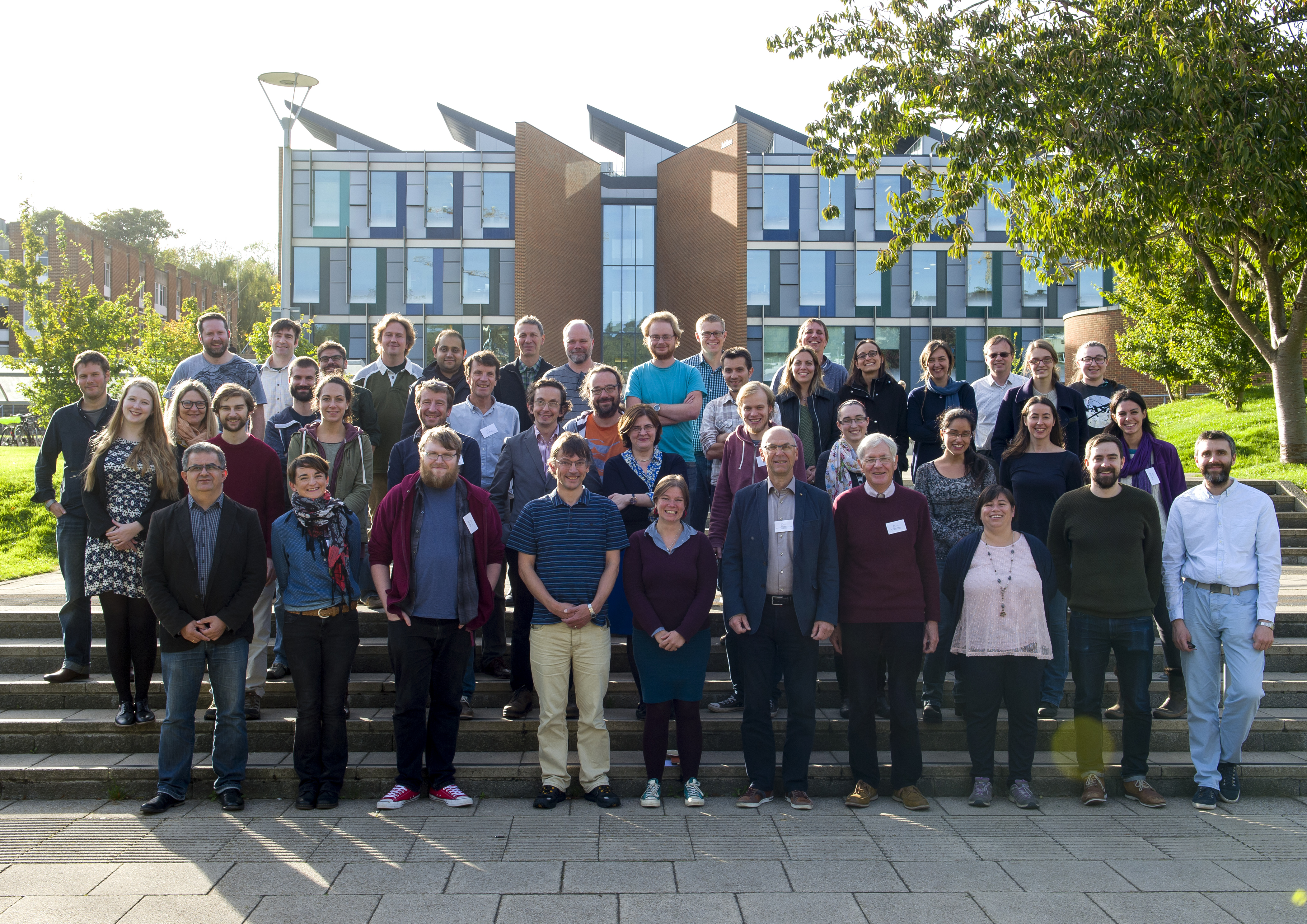“Is it not curious, that so vast a being as the whale should see the world through so small an eye, and hear the thunder through an ear which is smaller than a hare’s? But if his eyes were broad as the lens of Herschel’s great telescope; and his ears capacious as the porches of cathedrals; would that make him any longer of sight, or sharper of hearing? Not at all.- Why then do you try to “enlarge” your mind? Subtilize it.” – Moby Dick.
For the last year I have been working on the Herschel Extragalactic Legacy Project (HELP), an EU funded project to use far infrared imaging from the Herschel Space Observatory to understand galaxy formation and evolution. We are gearing up for our first data release, DR1 on 1 October but we are making a lot of the data available now for beta testing.
We are very keen for the astronomical community to start using this huge dataset comprising 170 million galaxies over 1270 square degrees of extragalactic sky and indeed using and developing the code used to produce it. We have released all the code to perform the reduction on GitHub in the spirit of open science and reproducibility. The data can be accessed as raw data files from the Herschel Database at Marseille (HeDaM) and queried from a dedicated Virtual Observatory server. Although Herschel imaging has been the main focus of the project, we have taken public data from many different instruments spanning all the way for ultraviolet to radio data. Tying together these different data sets is a major challenge and will be required to make the most of the upcoming wide surveys such as from the Large synoptic Survey Telescope (optical), the Euclid space telescope (optical) and the Square Kilometre Array (radio).
We are also in the process of setting up mirrors here at Sussex and I plan to blog more about that soon. There is a vast amount of data and we are working on squeezing every last ounce of science out of all the public data from a wide array of different instruments which make up the full multi-wavelength data we have collated.
If you have any questions about how to use this database please leave a comment or email me.



